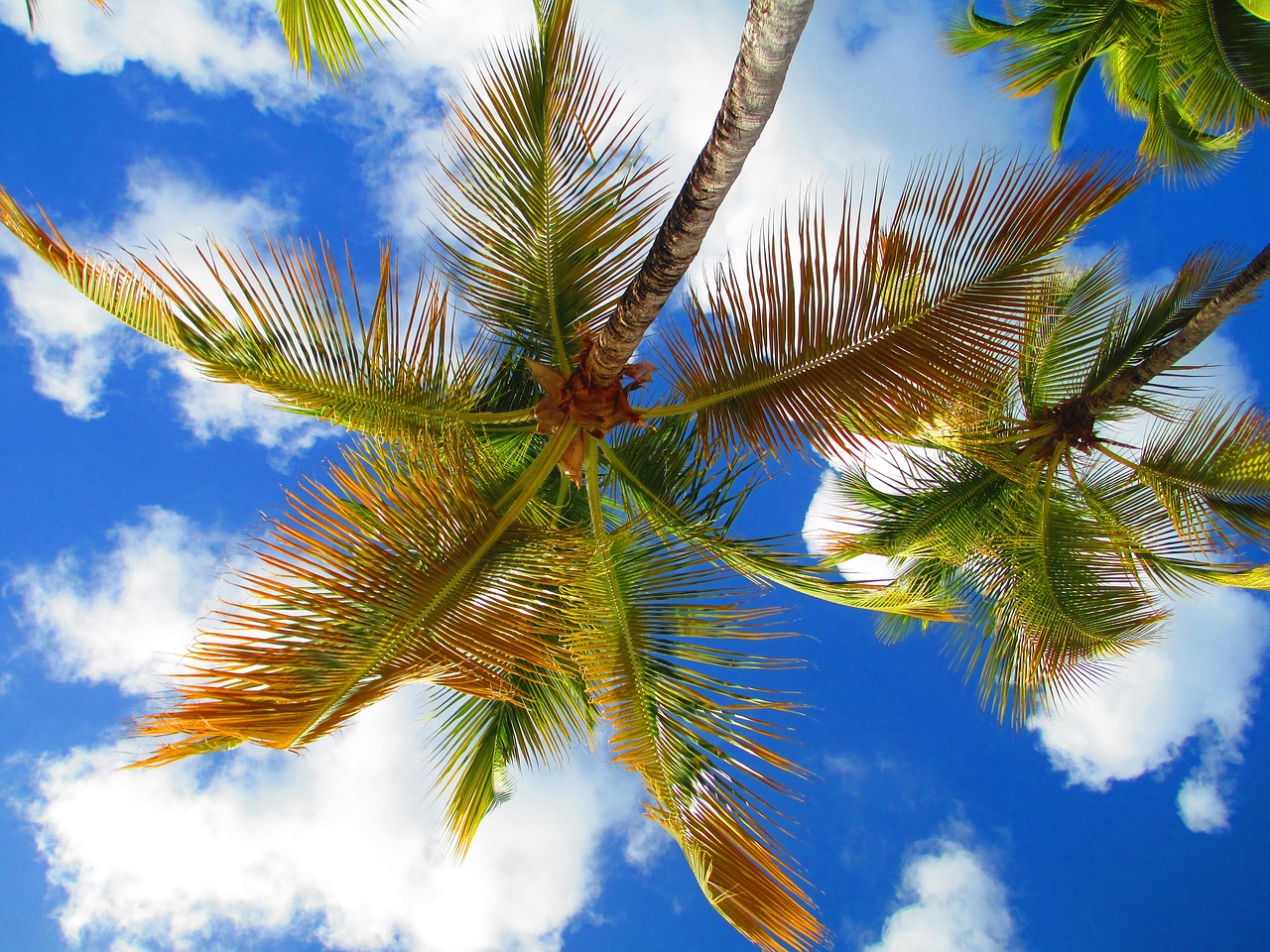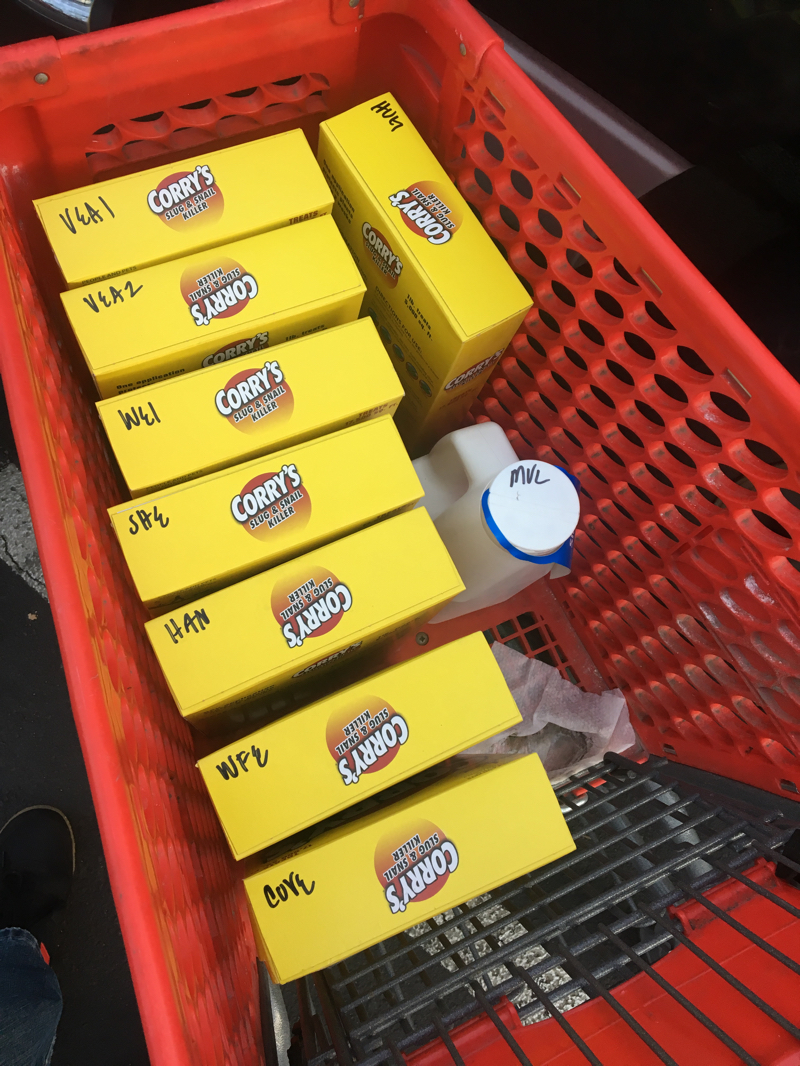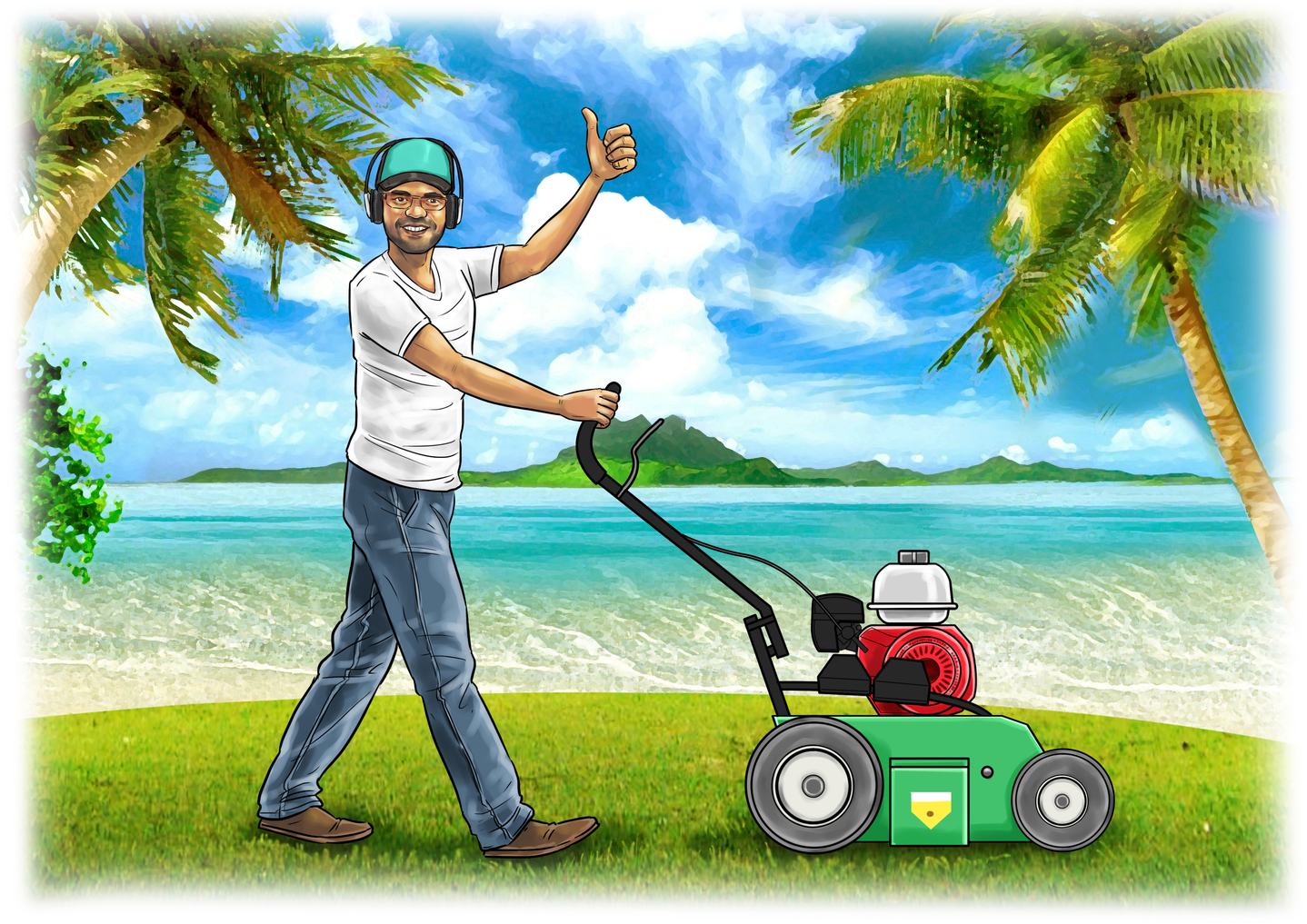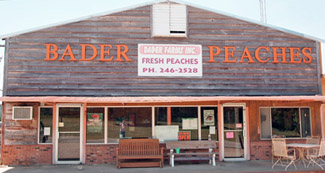
Peach trees, apple trees and more, whether commercial or backyard orchards cannot produce great crops on their own. They need help.
Bill Bader, the owner of the largest peach orchard in the Midwest, over 110,000 peach trees has shared with me his secrets to great success.
In an interview, he reveals what has brought him fame and fortune with some of the finest peaches in the country.
Click the link below to see exactly how he achieved his success and also reveals some of his organic approach trade secrets that really work and save money.
If you need more help, contact me. We are always willing to help.
Keeping our promise to give you the best and valuable information for the best lawns, pastures and trees!
Several Ways to Access our Site from Cell Phones
Many people are accessing Lawn Care Academy on cell phones. Our site is optimized for cell phones. Here are a few easy ways to access the website:
1. You Can Write the Website Name Without the (-) dashes in the web address:
2. You Can Write Or Say “Lawn Care Academy” in the Search Bar on your Phone
3. You can write or speak lawn-care-academy.com with the dashes if you choose.
Get Help with Lawns and Hay Fields
Lawn Care Academy is one of the top lawn care information websites on the web. We also specialize in farms where we can assist farmers in hay production.
Visit us and see what we have to offer in helping you attain the best lawn around.
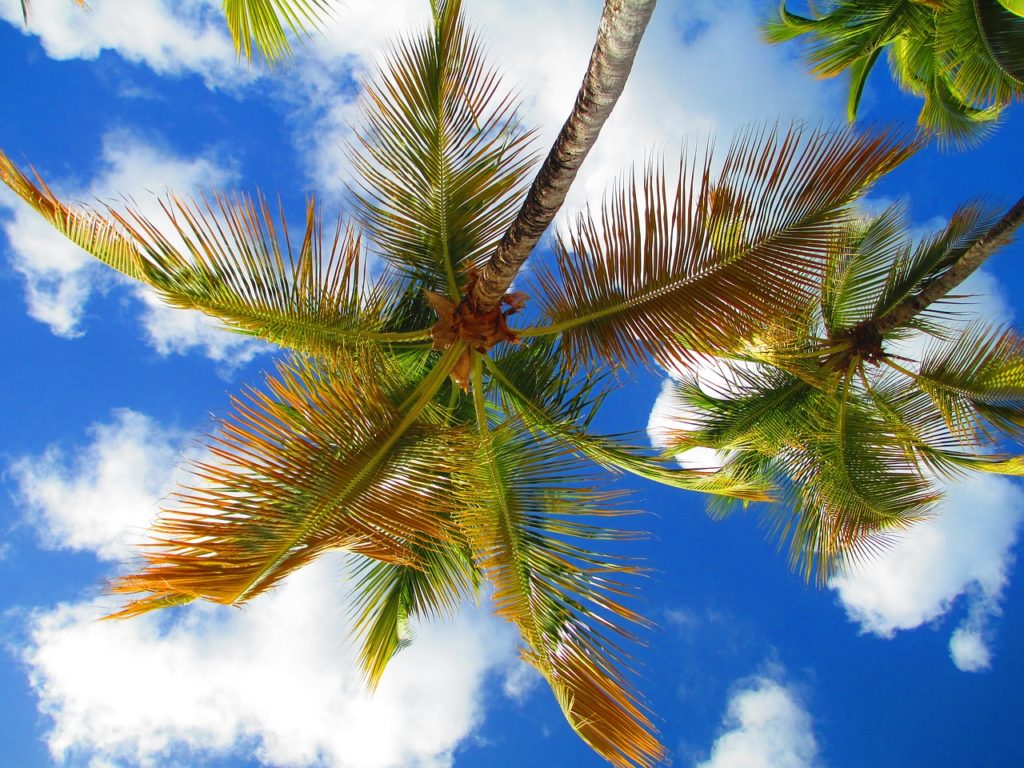
Just wanted to add a quick post today.
We want to express a huge Thank You to all of our amazing customers for a great and successful 2016!
Through some hard work, patience and cooperation we grew, and had fun and learned a lot. So, a warm Mahalo to all of you for letting us into your lives and allowing us to work on your landscaping.
Landscaping wise, this is the time of year that I like to take a step back and assess how we are doing on each lawn. It’s a time to see if there are any improvements that we can suggest and to see if there are any services that we can add or do better at.
Also, it might be time for a quarterly fertilization for some properties that haven’t had it. Winter is a time where many of the plumeria trees that we take care of will shed their leaves. This provides an opportunity to plan for management of pests and rust, as with all the foliage removed, the trees are quick to treat.
Thanks from the staff at Laulima for your trust and here’s to a great 2017!
Mahalo!
Noah
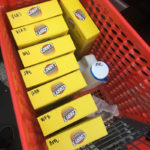
We just had a weather event here on Maui that generated some rain. A tropical storm was predicted. Luckily and as usual we were sheilded to the east by the huge mountains of Mauna Kea and Mauna Loa, which ripped the heaviest winds apart and scattered the storm.
Still, that Monday, I decided to go ahead and get my slug and snail plan together. Areas with healthy vegetation are where snails live and that’s where I happen to work!
The two that I like to use are readily available at ACE here in Kihei. I use them as often as needed, but that usually means so more than every three months.
Both products are pet and people safe. As soon as we’re done broadcasting the label states that it’s safe to be in the area.
There is no mark up on these materials. Spreading snail bait is one of the things that comes standard with a maintenance program.
As with any maintenance, the focus is on steady repetition and organization.
Making sure that you’re on a schedule about pests is the best way to handle them in my experience.
Finally, a well scheduled program means that there won’t be an abundance of pests to begin with. While I’m not perfect about this, I do try to keep any kind of colony from forming before it starts.

Time to De-thatch that lawn to make it even better all year long!
What is de-thatching? (Also called “thatching” or “verticutting”)
As your lawn grows it get thicker. Part of what is happening is that dead and dying material is falling back into itself all the time. (This is why it;s important to always use a bag on your mowers folks!) This, combined with horizontal growth of the grass creates a layer between the top of the turf and the soil. This layer (the thatch) is what we want to take out.
We use a special tool called a de-thatcher or “verti-cutter”. This tool has blades which cut through all the dead and tangled growth in the lawn turf. Whatever is churned out by the cutting blades appears behind the machine as it moves forward.
Then we rake like crazy!
The last one we did was 8000 sq. ft. of seashore papspalum, which hadn’t been done in over two years. We took away probably about 5 yards of material out of that lawn.
Lastly, we cut the lawn back down with lawn mowers and weedeaters. This leaves just the growing part of the seashore, close to the ground intact. When done “completley” the lawn looks brown for 4-6 weeks. Usually the appearance is fine after about three weeks, but not perfect until about a month.
Why de-thatch?
It’s a hard and messy project, but it pays to do it on time every year for the “low, clean and tight” look.
In addition to beauty and the nice feel of a short cut lawn there are other benefits.
Water usage can sometimes be streamlined. A grass which has a very thick thatch layer requires more water to keep it green. That layer acts as a trap for water.
It’s cleaner looking and feeling.
There are less thick spots for insects to hide.
It’s better for croquet, bocce balls and putting greens!
Fertilizers and weed control products become more efficient, and you can use less of both while maintaining the same effects. Just like the water issue, when you have a nice de-thatched lawn, the fertilizers and weed control products find their way right down to the soil without getting caught up in the thatch.
Finally, all maintenance projects require follow-up. De-thatching is no different! After the main body of work is done, time to get to the details.
The lawn needs to be fertilized soon afterwards.
In our climate here in Kihei-Wailea-Makena, it’s very important to check and double check the irrigation after this work.
If done improperly, or without attention to detail, the verticutting can cause lasting damage to lawns.
I like to visit the properties every few days and take moisture samples from around the yard. We make sure all the areas are well irrigated and everything is working as it should.
We soak in all the dry spots with hoses if we need to. I don’t like any of my lawns to have to suffer these hot and dry afternoons with no moisture in the soil.
If you’d like an estimate of course feel free to contact me!
Thanks for reading!
Noah

